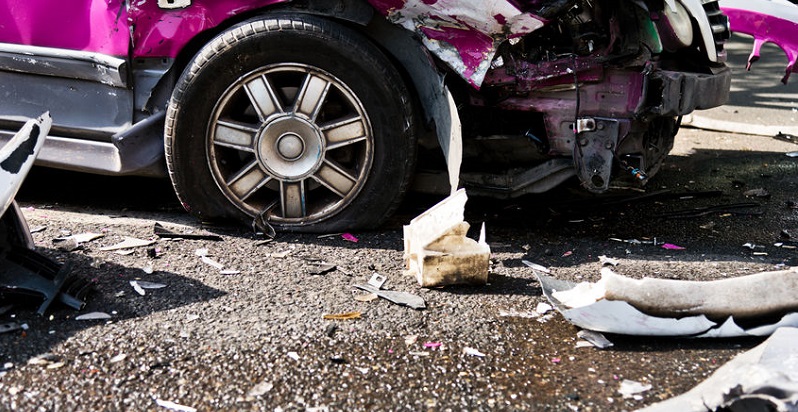According to the National Highway Traffic Safety Administration, 29 people died every day in 2016 due to a drunk-driving accident. Could lowering the legal BAC be the key to decreasing alcohol-related crashes and fatalities?
Nearly 30 years ago, one federal safety agency encouraged Congress to enact legislation to reduce alcohol-related auto accidents. Eventually, individual states started enforcing laws to determine if a driver was impaired; they did this by testing the driver’s blood alcohol concentration or BAC. As 2019 progresses, one state is going a step further to deter people from drinking and driving by lowering the legal BAC level to .05, and this has other states looking to do the same.
Utah Becomes First State to Enact New BAC Level
DUI stands for driving under the influence of alcohol or other drugs, and in today’s world, it’s an all too common occurrence. If a suspected drunk driver is stopped by authorities, he or she may be asked to take a breathalyzer test by blowing into a hand-held device that can detect how much that person has consumed. Up until Dec. 31, 2018, the legal limit was .08 across the United States, but one state now has a stricter BAC of .05.
Utah is the first state to enforce a lower BAC as a means of decreasing the number of alcohol-related accidents and fatalities. There’s no question alcohol is playing a huge role in the number of fatal crashes in this country. According to the National Highway Traffic Safety Administration (NHTSA), 29 people died every day in 2016 due to a drunk-driving crash. That means every 50 minutes someone was killed in an accident, translating into more than 10,000 alcohol-related fatalities. Sadly, it was not only adults killed; more than 1200 children were killed in crashes involving an impaired driver.
Impaired driving impacts every state, including Colorado. In its annual report for 2016, the Colorado Department of Transportation (CDOT), noted that more than 600 people died in auto accidents in Colorado; 161 of those fatalities involved a crash where a driver had a BAC of .08 or higher. Overall, Colorado continues to see an increase in traffic fatalities. Early last year, it was noted that the state had experienced a 29 percent increase in fatalities from 2014-2017. While this number includes all deaths, such as pedestrians, bicyclists, and motorcyclists, the majority of those killed were in vehicles and authorities say impaired drivers are partly to blame. So, the question now being discussed across the U.S. is, would lowering the legal BAC limit lead to fewer accidents? Some agree that it’s necessary while others protest the change.
Could lowering the legal BAC reduce deadly car accidents?
While everyone agrees driving impaired is a serious safety issue, there are arguments on both sides of the issue when it comes to how much alcohol someone can consume and then safely drive. While NHTSA is now pushing for all states to adopt the .05 threshold for impaired driving, there are those who argue that the lower limit will have little impact because a majority of fatal accidents are due to a driver with a BAC of .015 or more. This argument is coming from The American Beverage Institute, as the organization’s spokesman notes that nearly 70 percent of fatal crashes are due to drivers with an extremely high BAC. However, a 2018 study by a non-profit that provides expert advice on many topics, including medicine, highlighted evidence that shows lowering the BAC to .05 would save lives and could reduce the number of traffic deaths by about 10 percent each year.
Officials and lawmakers nationwide will be monitoring the situation in Utah and the outcomes from the change, though no other states have come forward and implemented the stricter BAC. One sure way of decreasing alcohol-related traffic accidents is to avoid the combination of drinking and driving altogether. Use rideshare options such as Uber or Lyft, or have a designated driver when you decide to go out. Even one drink can leave you impaired, depending on your gender, size, and health status. Be smart. If you’ve been drinking at all, just don’t drive.

